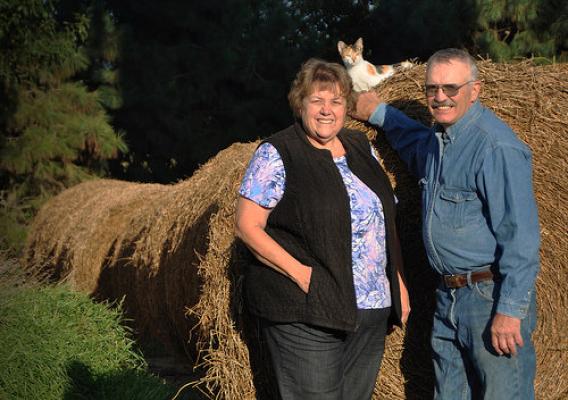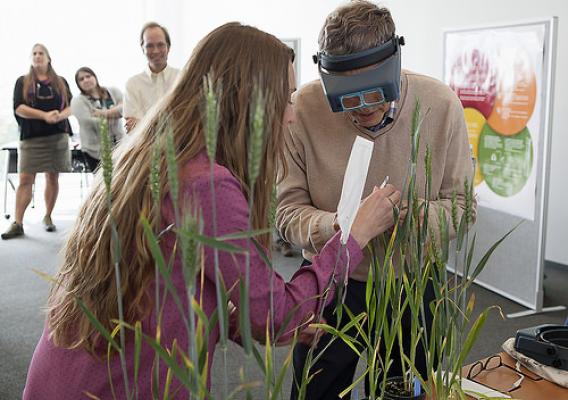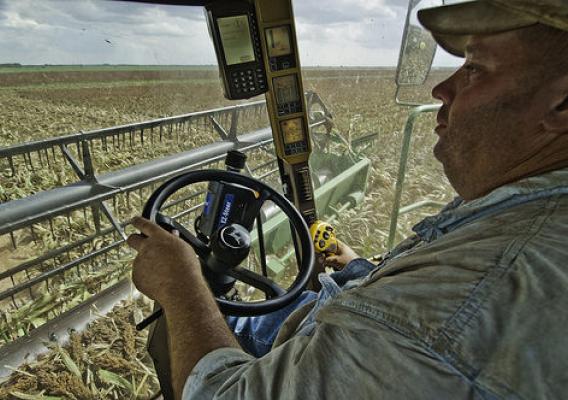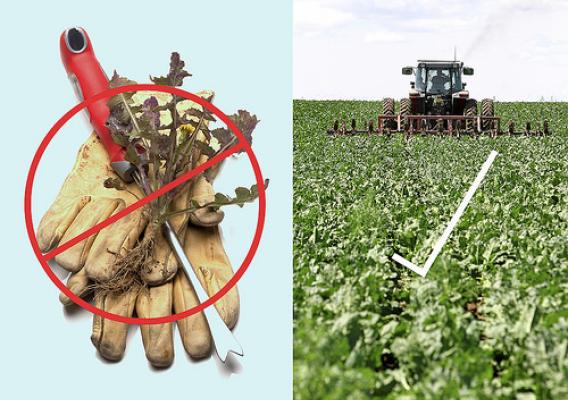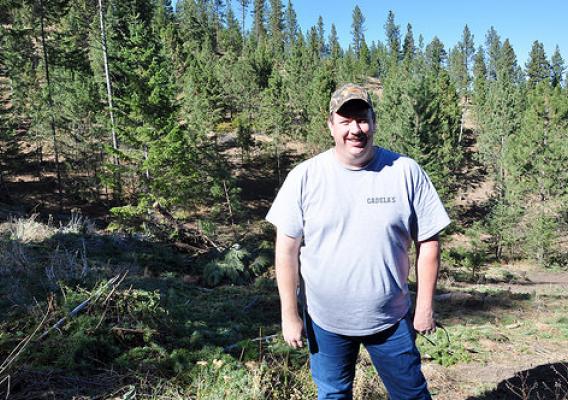Each year, America imports over 3.5 billion pounds of meat, poultry, and egg products. As our food supply becomes increasingly globalized, it is important to continually strengthen our regulatory programs to ensure that the food on your family’s table is safe. USDA’s Food Safety and Inspection Service (FSIS) is the agency that verifies these products are safe, wholesome, and correctly labeled and packaged, whether they are produced in the U.S. or abroad.
Over time, we have taken a number of steps to ensure that domestic and international facilities are delivering only the safest possible product to store shelves. In the past year, FSIS created the Office of International Coordination (OIC) as part of our effort to strengthen our agency’s focus on international issues. This is the office I oversee. This week, to facilitate determinations of initial and ongoing equivalence, we launched our improved and web-based Self-Reporting Tool (SRT) to allow foreign countries to submit their equivalence responses and documentation through an efficient and secure online portal. This new tool saves time previously spent sifting through paperwork and allows us to focus our efforts on upholding FSIS’ strong food safety standards. This consolidated web-based version is yet another advance made possible by the Public Health Information System (PHIS) that helps us collect, consolidate, and analyze equivalence and import data more efficiently.

